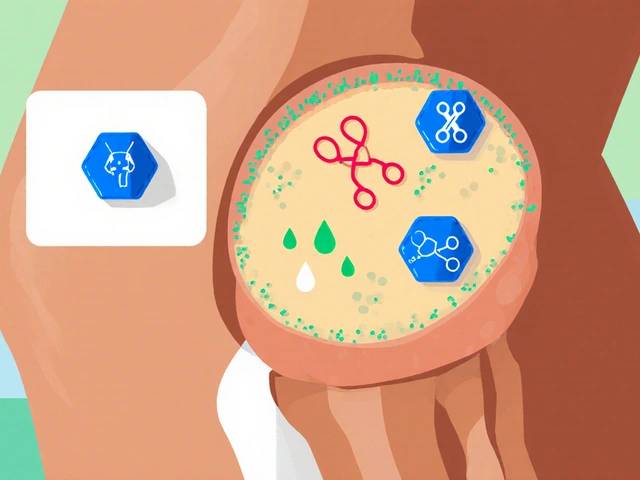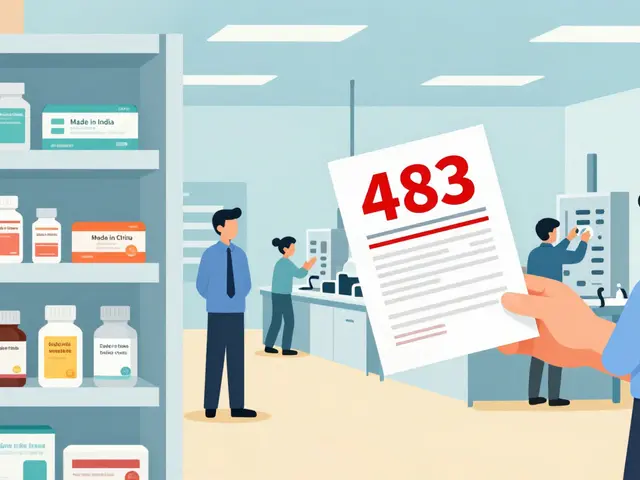Side Effects: How to Spot, Understand, and Manage Them
Ever taken a pill and wondered why you felt a little off? That’s a side effect, and it’s more common than you think. Knowing what to watch for can save you a lot of worry and keep you on track with your treatment.
What Counts as a Side Effect?
A side effect is any unwanted change your body has after you start a medication. It can be mild, like a dry mouth from a antihistamine, or more serious, like swelling from an NSAID. Not every reaction is dangerous, but you should always note new symptoms, especially if they start soon after you begin a drug.
Quick Tips for Handling Side Effects
1. Read the label. The package insert lists the most common reactions. If you see a symptom that matches, you’ve probably found the cause.
2. Keep a diary. Jot down the time you take the medicine, the dose, and any feelings that follow. A simple chart helps your doctor see patterns.
3. Start low, go slow. With drugs like tretinoin (the acne and anti‑aging cream), beginning with a lower percentage reduces skin irritation. Our guide on Tretinoin Strength shows how to pick the right percentage for your skin type.
4. Stay hydrated and eat right. Some meds, like piroxicam for arthritis, irritate the stomach. Taking them with food and plenty of water can soften the blow.
5. Talk to a professional. If you notice swelling, breathing trouble, or severe rash, call your pharmacist or doctor right away. These could be signs of a serious reaction.
Let’s look at a few real‑world examples from our site:
- Actos (pioglitazone) may cause weight gain or fluid retention. Monitoring your weight weekly can alert you early.
- Coumadin (warfarin) often leads to bruising. Keeping an eye on any new bruises and checking your INR levels helps keep you safe.
- Prednisone can trigger mood swings or high blood sugar. If you feel unusually jittery, talk to your doctor about tapering the dose.
Every medication has its own profile, but the steps above work for most drugs. The key is staying proactive: read, record, and reach out when needed.
Remember, side effects don’t always mean you have to stop the medication. Often, adjusting the dose, switching to a different form, or adding a protective drug (like a stomach protector with NSAIDs) solves the problem. Your healthcare team is there to help you find that balance.
Finally, keep your pharmacy contacts handy and double‑check the legitimacy of online sources. Buying meds from reputable sites, like the ones we review for safety, reduces the risk of counterfeit drugs that cause unexpected side effects.
Side effects are a normal part of using medication, but they don’t have to be scary. By staying informed and following these practical steps, you’ll handle reactions confidently and keep your health on track.
Straight talk on Caverta: what it is, safe dosing, side effects, interactions, and how to find legit info and products in 2025 without getting burned.



 Medications
Medications




